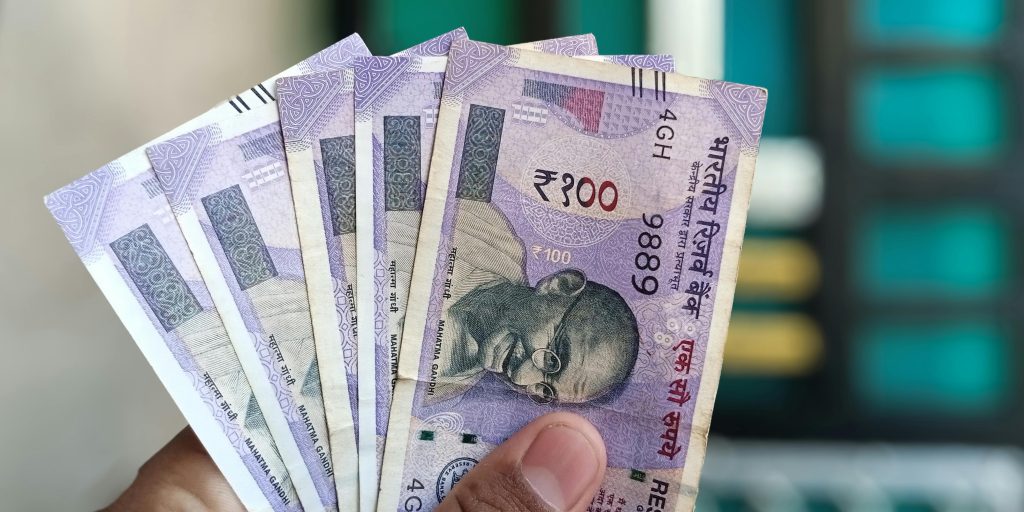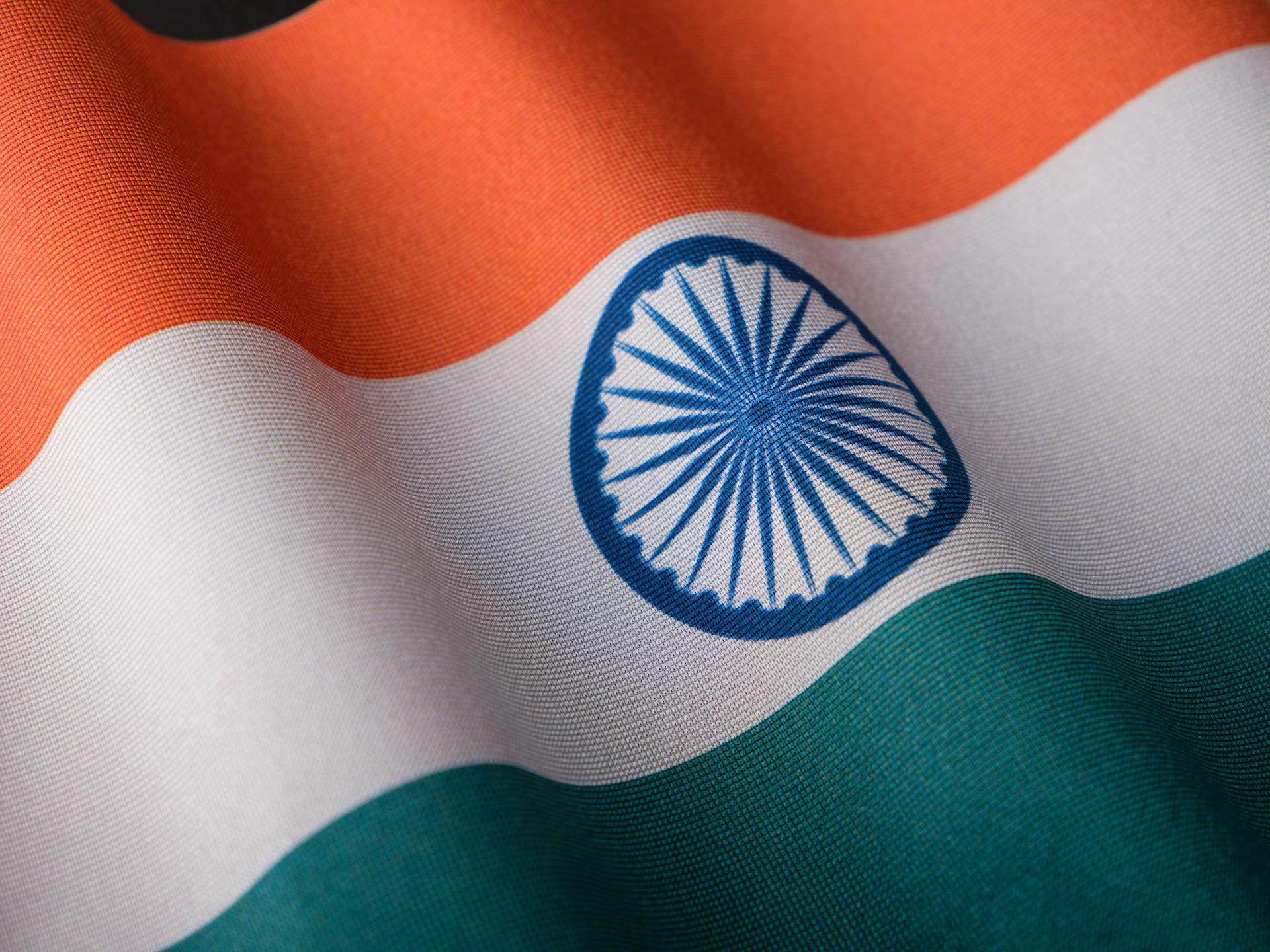India has made its stance clear: It will not support the creation of a BRICS currency to rival the US dollar. The Indian government, under Prime Minister Narendra Modi, reaffirmed its preference for the US dollar in cross-border transactions while keeping the option open for trade in local currencies with other developing nations when necessary.
This decision follows former US President Donald Trump’s move to exempt India from trade tariffs while imposing them on Canada, Mexico, and China. With India’s firm opposition to a BRICS currency, the geopolitical landscape of global trade could experience significant shifts.
Why India Opposes a BRICS Currency
India’s rejection of a BRICS currency is rooted in economic and political considerations. India has compelling reasons for its stance, from strained relations with China to maintaining financial independence. Below are the key factors behind this decision.
1. Economic and Political Concerns
India’s Union Commerce Minister, Piyush Goyal, confirmed that the country does not support a BRICS currency, especially one involving China. Historically, India and China have had long-standing border disputes and economic rivalries, making any shared monetary system an unlikely alliance.
“We are on record—we do not support any BRICS currency. Imagine sharing a currency with China. We have no plans, and the idea of a BRICS currency is simply impossible,” stated Goyal during a press conference at the IT-BT Roundtable 2025 in New Delhi.
2. Maintaining Economic Independence
India’s economic strategy prioritizes financial sovereignty. Adopting a shared currency with BRICS nations, particularly China, could lead to dependency and economic vulnerabilities. By sticking to the US dollar for international trade, India ensures stability and maintains its influence in global financial markets.
3. The US-India Trade Relationship
The US is one of India’s most significant trade partners, and maintaining strong economic relations is crucial for India’s continued growth. By rejecting a BRICS currency, India reinforces its commitment to sustaining a stable and beneficial trade relationship with the US, ensuring steady investments and market confidence.

How India’s Decision Affects Global Trade
India’s decision impacts the BRICS alliance and influences global financial markets. Let’s explore how this move shapes the broader economic landscape.
1. Impact on BRICS Alliance
China, one of BRICS’ most influential members, is actively pushing for a BRICS currency to challenge US dollar dominance. However, India’s refusal weakens this initiative. Without India’s participation, BRICS faces difficulties in establishing a unified financial framework, reducing the effectiveness of a collective monetary policy.
2. Effect on US Markets
The US dollar remains the dominant global currency; any shift away from it could have major implications. If BRICS were to abandon the US dollar, several American industries could suffer, including:
- Financial markets: Reducing global dollar transactions could create volatility in US stock and bond markets.
- Export industries: A shift to alternative currencies might reduce demand for US goods and services.
- Technology sector: A weakened dollar could increase costs for US tech companies reliant on global supply chains.
However, with India’s commitment to the US dollar, these risks are somewhat mitigated, reinforcing the greenback’s dominance in global trade.
3. Implications for Emerging Markets
India’s decision is a key indicator for other developing nations considering BRICS trade partnerships. Countries with strong trade ties to India may also lean towards the US dollar rather than adopting a BRICS currency, influencing broader economic trends.
What This Means for Traders and Investors
With India’s rejection of a BRICS currency, traders and investors must reassess their forex, commodities, and stock markets strategies. Here are the key takeaways:
- USD Stability: The US dollar remains the preferred global trade currency, reducing risks for USD-based investments.
- Emerging Market Strategies: Investors should monitor India’s trade policies as they impact emerging market growth.
- BRICS Uncertainty: The possibility of a BRICS currency remains low, signaling limited disruption to existing forex markets.
How Traders Can Take Advantage of This Situation
India’s decision presents unique trading opportunities. Forex traders can leverage the continued stability of the US dollar, while commodity traders can assess potential shifts in global trade policies. Staying informed is key to making profitable investment decisions.
At Vestrado, we provide expert insights and analysis to help traders navigate market changes and capitalize on emerging financial trends.
What’s Next for BRICS and the US Dollar?
India’s rejection of a BRICS currency reinforces its commitment to financial independence and US trade relations. While China may continue to push for a shared BRICS currency, India’s opposition makes it an unlikely reality.
For traders and investors, this decision provides greater stability in global markets, ensuring the continued dominance of the US dollar. Understanding these economic shifts is crucial for making strategic financial moves.
Looking to stay ahead in global markets? Join Vestrado for expert analysis and real-time trading insights to optimize your financial decisions.





